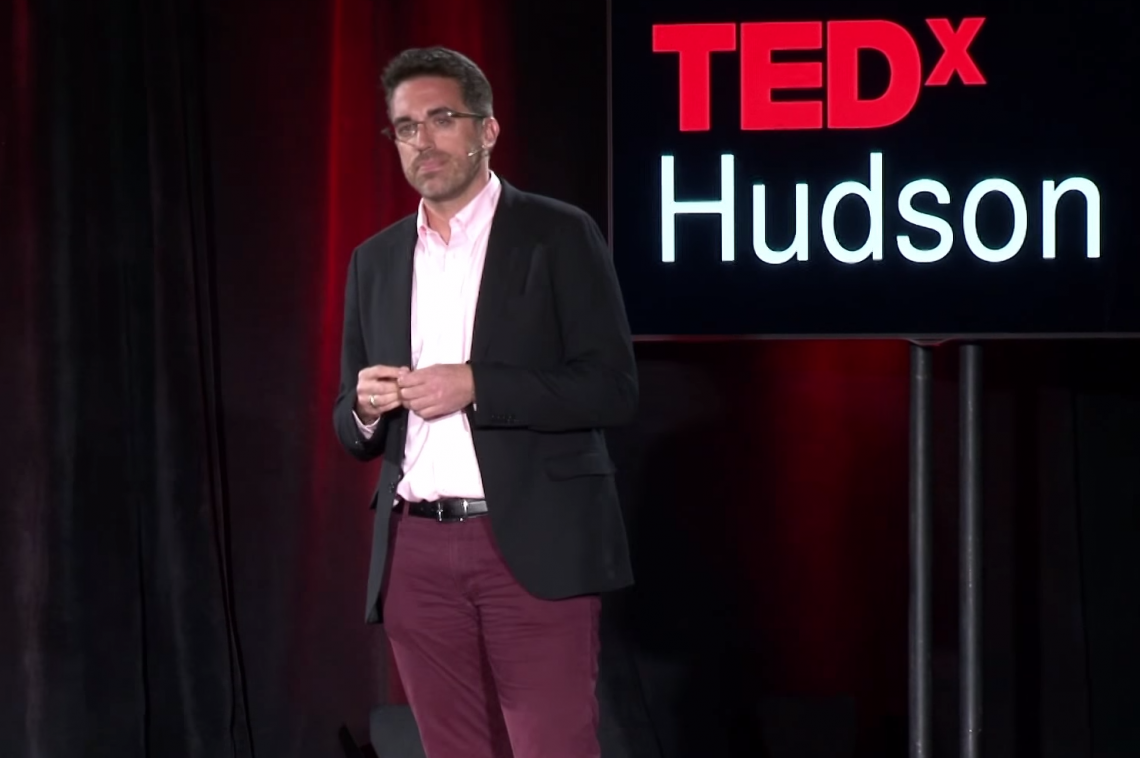
Today is the fiftieth anniversary of President Lyndon B. Johnson signing the legislation that created the National Endowment for the Arts. If you are interested in joining the conversations and celebrations, please check out #arts4US on your favorite social media channel.
I am just back from Common Field’s Hand-in-Glove 2015 convening in Minneapolis-St. Paul, MN, where I joined a panel discussing advocacy with Artists Space’s Richard Birkett, University of Texas’s Paul Bonin-Rodriguez, and Minnesota Citizens for the Arts’ Sheila Smith.
As often happens, “advocacy” almost instantly became elided with “public funding for the arts,” and the conversation quickly centered on the National Endowment for the Arts (where I was honored to serve for four years, first as director of public affairs and then chief of staff, before joining ArtPlace).
For people my age and older, it is hard to hear “NEA” without almost instantly thinking back to the culture wars. (If you do not know this history, please see the chapter beginning on page 89 (PDF page 97) of the “National Endowment for the Arts: A History, 1965-2008” for a brief lesson.)
Yes, the culture wars had a profound impact on the NEA’s budget. Yes, the culture wars limited the individual artists whom the NEA could support to only folk and traditional artists, jazz musicians, and writers. But I think the real legacy of the culture wars isn’t about what they did to one federal agency, but what they have done of us as a country.
I think the real legacy of the culture wars is in the “othering” of the artist.
ArtPlace works to bring artists and arts organizations into the work of community planning and development alongside all of their other neighbors. Yet, as I have traveled the country over the past two years talking about our work, the sentence that is most often uttered in response begins, “Oh, I get it: so we’ll just get artists to move to a community…” As if artists are these odd aliens floating in limbo waiting to descend onto communities across this country.
Why don’t people think of artists as neighbors, or artists as community members? I really do think it has to do with the aftermath of the culture wars when Congress mandated that the NEA had to put a lay person (a “regular citizen”) on every grant review panel, so someone could be there to keep an eye on “community standards” and guard against the terrible things that all of those arts people would do if left to their own devices. Artists ended up being defined as something other than community.
I think that an important part of ArtPlace’s work is in reaffirming that an artist is a person in your neighborhood.
(People my age and younger will know that I am quoting Bob from “Sesame Street.”)
This false separation of artist and community is something I first talked about when I was asked to speak at the TEDxHudson event hosted last fall by the Hudson Opera House in Hudson, NY.
My mother thinks it is a brilliant 11 minutes, well worth a watch.
I, on the other hand, am king of the #TLDR hashtag, so I wanted to see if we could make the point even more succinctly. So we partnered with Lucky 9 Studios to see if we could make the point in 90 seconds. Take a look and let us know how we did:
And if you find it useful, please feel free to share the link or embed the animation as widely as you wish.
See you around the neighborhood…!





